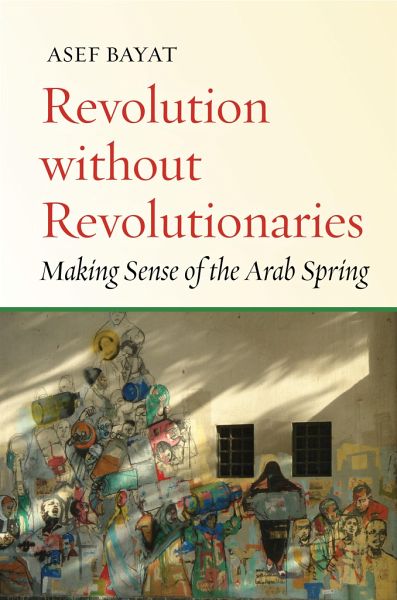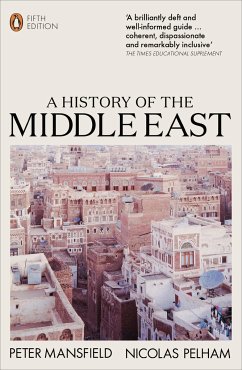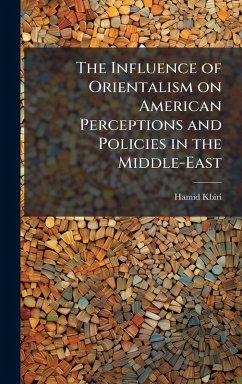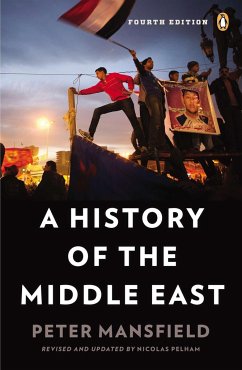
Revolution Without Revolutionaries
Making Sense of the Arab Spring
Versandkostenfrei!
Versandfertig in über 4 Wochen
102,99 €
inkl. MwSt.
Weitere Ausgaben:

PAYBACK Punkte
51 °P sammeln!
Asef Bayat is the Catherine and Bruce Bastian Professor of Global and Transnational Studies and Professor of Sociology at the University of Illinois, Urbana-Champaign. He is the author of Life as Politics: How Ordinary People Change the Middle East (Stanford, 2009, 2013) and Making Islam Democratic: Social Movements and the Post-Islamist Turn (Stanford, 2007).













